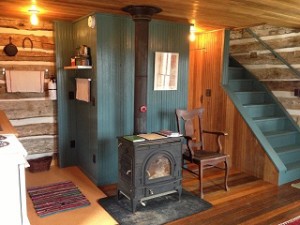From Guest Blogger Lizzie Weakly: Need to Lower You Energy Bills? Here Are Five Energy-Efficient Home Upgrades

Seal Leaks
Look for leaks or gaps around doors and windows that let the cold air in and warm air out. Use insulating strips to create a secure seal. Also, inspect your basement and attic for air leaks and to cut down on energy usage for heating or cooling.
Programmable Thermostat
A programmable thermostat is a great way to regulate the temperature in your home year round. Have the temperature stay low when you’re not home and have it warm up a bit before you get home. Keep the heat down at night when you’re under blankets to keep you warm. If air conditioning is necessary, try to keep the temperature no lower than 76 degrees. Every degree lower equals more money spent. A smart thermostat can even connect to your Wi-Fi network and allow you to adjust the temperature wherever you are.
Replace your Windows
Older windows aren’t as insulated as new energy-efficient ones from experts such as Ken Caryl Glass, Inc. They allow more cold air to pass through and are likely costing more money. Wooden frames used in new windows are typically more efficient than older aluminum framed windows and look better too.
Switch the Bulbs
Lights make up a majority of energy usage and it makes sense to use the most efficient bulbs possible to keep costs low. Replace old incandescent bulbs with CFL or LED lights that give off the same amount of light with significantly less power usage. They’re more affordable as they are used in more mainstream applications and tend to last longer too.
Install a New Water Heater
Heating water consumes a large amount of your electric use. An on-demand heater uses less energy. You can also insulate it if it’s located in a cold area such as a basement and turn the temperature down a few degrees to watch the savings add up.
Don’t let energy use hit your wallet too hard. Make these five energy-efficient upgrades to your home and you’ll be seeing the savings almost instantly.
